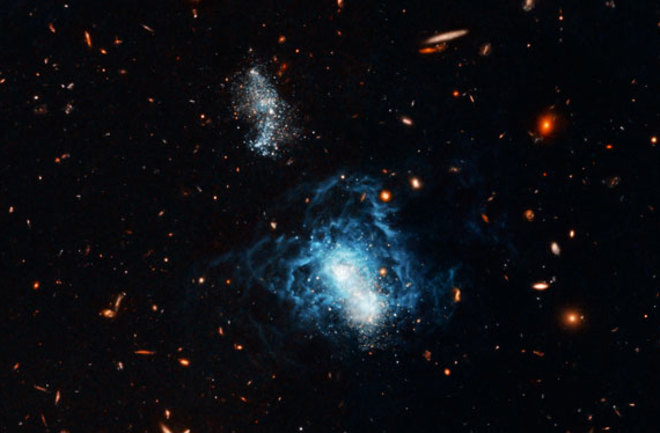Reconstructing ancient history is not easy to do. Just ask a paleontologist: No matter how many dinosaur skeletons or Neanderthal skulls scientists dig up, they still can tell only a small part of the story of what life on Earth was like millions, or even thousands, of years ago.
Which makes it particularly amazing that over the last half-century, cosmologists (and I’m happy to count myself among them) have reconstructed the history of the entire universe all the way back to seconds after the Big Bang that sparked it into existence 13.7 billion years ago. And it is not just a rough reconstruction. We know exactly what the infant universe was made of and what it looked like in those earliest moments.
That’s pretty impressive detective work, but we are still not satisfied. Now the push is on to peer back even farther, to a tiny fraction of a second after the Big Bang. This will help us address the deepest questions about our place in the cosmos: How did it all begin? Is our universe the only one? And if not, why this universe rather than some other one?

